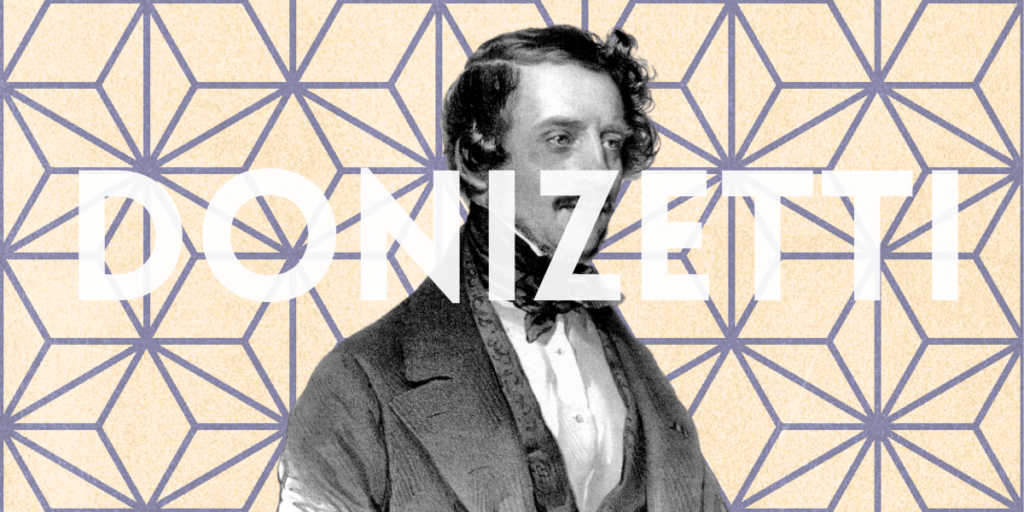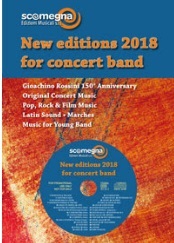Gaetano Donizetti has had a lasting influence on the world of music with his operas and arias. His ability to combine emotional depth with melodic beauty made him an outstanding representative of the bel canto style. The selected works provide an insight into Donizetti’s versatility, from tender lyricism to lively comedy, and underline his mastery of the art of musical expression.
Gaetano Donizetti, born in Bergamo, Italy in 1797, is one of the outstanding composers of the 19th century bel canto era. His works are characterized by melodic beauty, dramatic expressiveness and a sophisticated musical technique. Let’s take a closer look at some of his significant works that represent the breadth of his oeuvre and are included in this potpourri.
This potpourri A Taste of Donizetti, arranged by the Italian arranger Andrea Moncalvo, contains the following masterpieces by the composer:
- “Una furtiva lagrima” from “L’elisir d’amore”: One of the most famous arias in opera literature comes from Donizetti’s “L’elisir d’amore” (The Love Potion). “Una furtiva lagrima” is an aria in which the protagonist Nemorino confesses his love for Adina. The aria is characterized by its lyrical beauty and the emotional highs and lows that Donizetti masterfully captures in his music. The delicate melody and the sensitive interpretation make this aria a gem of the bel canto style.
- Sinfonia from “Don Pasquale”: “Don Pasquale” is a comic opera by Donizetti, and the Sinfonia that opens the work immediately sets a cheerful tone. With lively orchestrations and playful melodies, the Sinfonia introduces the audience to the humorous world of opera. Donizetti shows here his ability to convey not only emotional depth but also comedic lightness in his music.
- “Per te d’immenso giubilo” from “Lucia di Lammermoor”: In this opera, Donizetti presents the aria “Per te d’immenso giubilo”. It shows the dramatic range of Donizetti’s music. The character Edgardo sings full of joy about his love for Lucia, and the aria is characterized by passionate expressiveness and virtuoso vocal technique.
- – “Rataplan” from “La figlia del reggimento”: “Donizetti’s comic opera “La figlia del reggimento” (The Regiment’s Daughter) contains the rousing aria “Rataplan”. Here, the joy and self-confidence of the soldiers is emphasized by rhythmic percussion sounds and lively melodies. The aria is a vivid example of Donizetti’s ability to weave comedic elements into his music.
- – “Il segreto per esser felici” from “Lucrezia Borgia”: In “Lucrezia Borgia”, Donizetti presents the aria “Il segreto per esser felici” (The secret of being happy). Here the composer adopts a light and lively tone. The aria celebrates life and the joys of the moment, and Donizetti imbues it with an infectious joie de vivre through catchy melodies and rhythmic vitality.






